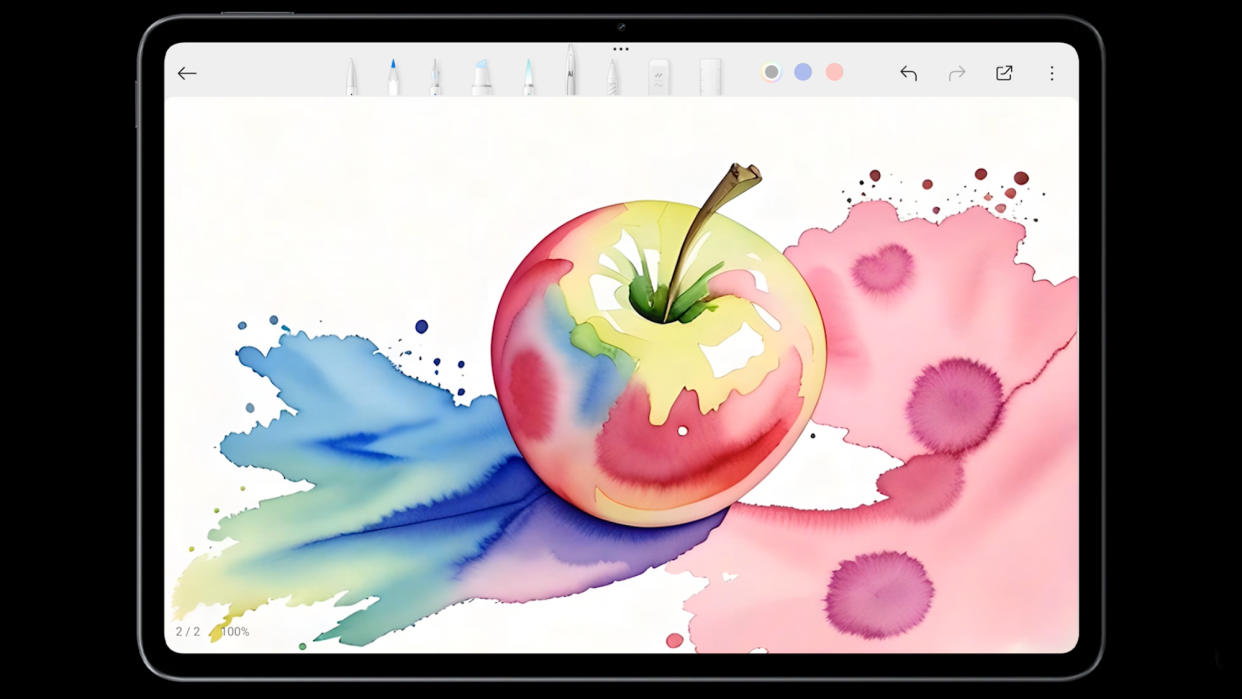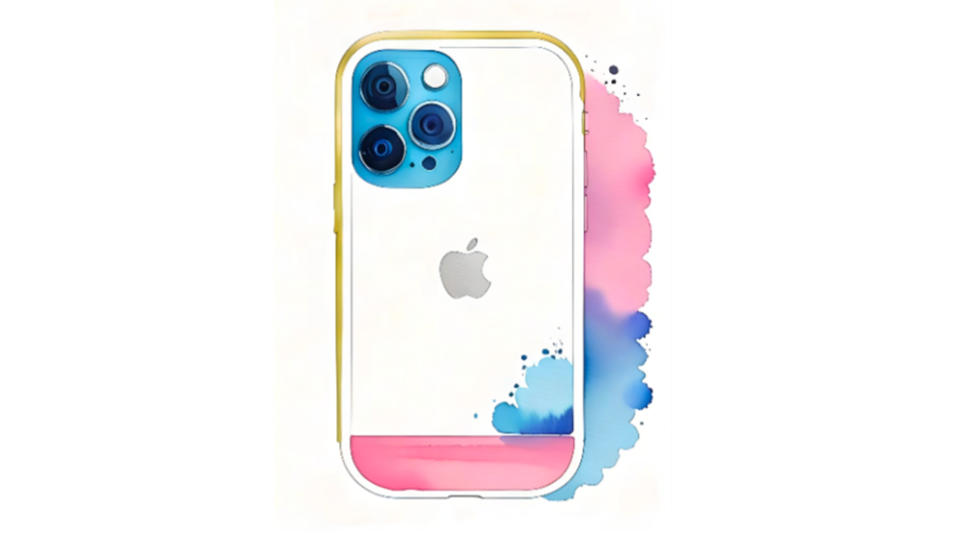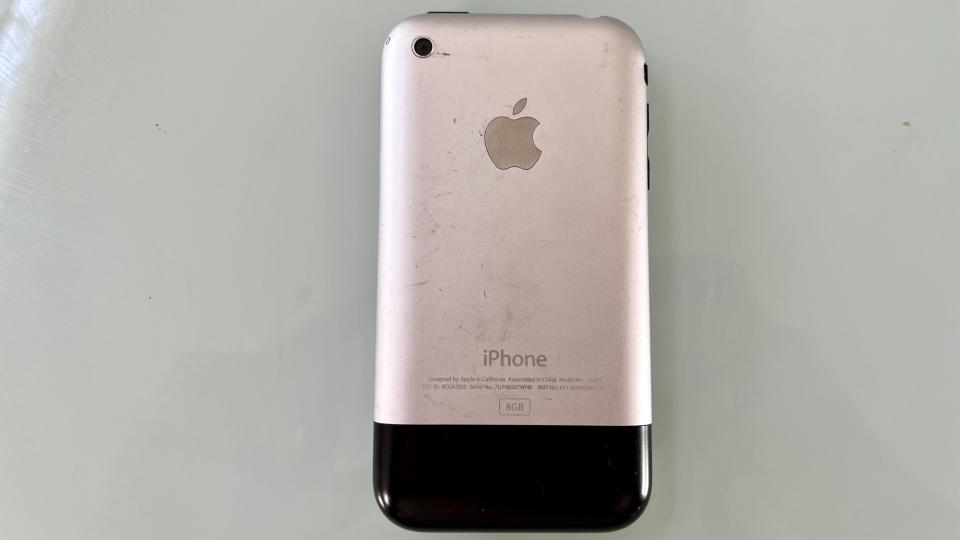What will the iPhone 16 look like? We asked Xiaomi's AI to design it

While we've not yet seen the hotly anticipated iPhone 16 with our own eyes, when the opportunity arose at MWC 2024, we thought we'd ask one of Xiaomi's new AI-toting tablets to take a crack at rendering its own artistic interpretation of Apple next major smartphone ... leading to an interesting result.
Mobile World Congress, which takes place in Barcelona every year, grants us access to all manner of weird and wonderful tech, and at Xiaomi's booth the company was showing off myriad new wares: from its latest Xiaomi 14 series smartphones to its first car. One of the more innocuous products on show was the new Xiaomi Pad 6S Pro 12.4.
While the tablet itself looks like an attractive new alternative to the likes of Apple's iPad Air line or Samsung's Galaxy Tab S9 series – packing Qualcomm's Snapdragon 8 Gen 2 chip, a crisp and responsive 3K 144Hz display and the fastest charging we've ever seen on a slate, at 120W – it was the new AI Pen feature built into Xiaomi's Mi Canvas app on the 6S Pro that we wanted to put to the test, tasking it with (digitally) inking its take on the next iPhone.
With a brief iPhone doodle of our own creation as a guide, we entered a text prompt simply saying 'the iPhone 16', dialed the 'AI involvement' slider all the way up to its 90% maximum and chose 'watercolor' from the four predefined art styles. Then, all we had to do was wait 30 to 40 seconds for the tablet to generate four concept images, of which we picked the 'best'.

Is this the iPhone 16? Xiaomi's AI apparently thinks so.

The design shares a barred back with the original iPhone.
The result is a decidedly flamboyant take on Apple's next potential smartphone, with the AI making some stylistic choices concerning the watercolor accent work, alongside some truly interesting design choices that don't fall outside the realm of possibility.
Despite a relatively squared smartphone silhouette in our initial sketch, the AI chose to more heavily round the corners on its iPhone 16 concept; a design choice we've seen Google make with the transition from the Pixel 7 series to the Pixel 8. The camera module takes on a more rectangular shape, spacing the trio of lenses further apart vertically, while the lower quarter of the iPhone 16's back is accented by an unmistakably familiar contrasting bar that looks as though it was lifted straight from the original iPhone.
You can watch the entire process from start to finish from our TikTok, below:
Although we don't have a deep insight into the training models used by Xiaomi's AI, it's clear that it already understood what an iPhone was. It understood that the circles in the top-left corner represented camera lenses and that the deformed Pac-Man in the center of the initial sketch was, in fact, an Apple logo, which it rendered perfectly.
There's also the matter of AI image generation in this context. By using an initial user-generated sketch before layering on both a text-based prompt and a predefined art style for the AI to follow as a set of guidelines, there was only so far off-piste that it was ever likely to go, while still fulfilling what had been asked of it.
There's a key distinction between truly original AI-based image creation and reinterpretation, which is the case with this technology from Xiaomi. That said, there's little reason to assume that we couldn't soon have AI image generators that account for factors like the context of the current mobile market, Apple's latest aesthetic, and what pre-existing leaks and rumors concerning iPhone design to include, all as factors in creating a more refined iPhone 16 concept.
One thing's for sure, although this might be among the first AI-generated iPhone 16 renders we've seen, it almost certainly won't be the last before the real phone's expected debut in September, later this year.
You might also like
The best tablet: top tablets you can buy right now
Best Xiaomi phones: top Mi, Redmi and Black Shark devices ranked

